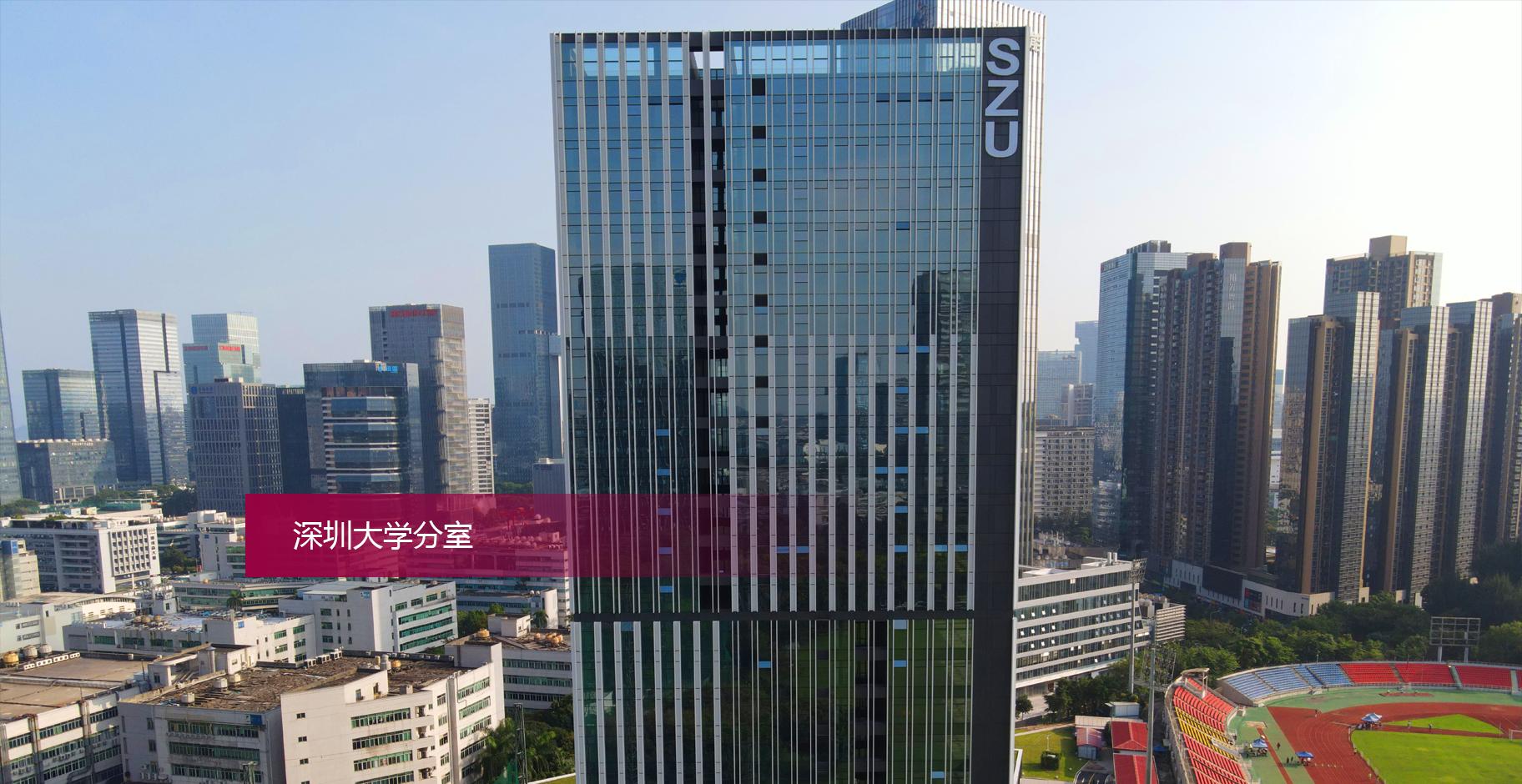
The Experimental Area of Shenzhen University (hereinafter referred to as the Experimental Area of SZU), as the main construction body of the National Key Laboratory of RF Heterogeneous Heterostructure Integration, mainly focuses on key scientific and technological issues in the field of RF heterogeneous heterostructure integration, including 1) cross-scale carrier-electromagnetic-thermal-stress multi-physical properties coupling and evolutionary laws, 2) multi-performance multi-functional synergistic mechanism and measurability principles, 3) the generation of heterogeneous interfaces and quantitative regulation mechanism of the process, etc. The laboratory will carry out systematic and in-depth original and forward-looking basic research and core technology research to understand the basic principles, master theories and core technologies, form RF heterogeneous integration capabilities, platforms and standards, and develop a series of RF heterogeneous integrated circuit systems for the country's major needs. The research of the laboratory will promote the development of integrated circuits to change lanes and the rapid progress of information system integration technology, realize the change and leap from integrated circuits to integrated systems, and make significant contributions to the leapfrog development of China's integrated circuit industry, especially the RF heterogeneous heterostructure integration industry. At present, the main research directions of the laboratory include: 1) coupled multiphysics field theory and design methodology; 2) RF heterogeneous heterostructure integration process; 3) testability and test characterization; 4) RF heterogeneous heterostructure integration technology applications, etc.
The experimental area of SZU has an area of about 1,800 square meters of ultra-clean experimental environment and more than 10,000 square meters of testing laboratory and office area. The laboratory is well-equipped with advanced equipment and systems such as high-precision RF test systems, wafer bonding/debonding systems, advanced packaging equipment, photolithography systems, magnetron sputtering coating systems, chemical vapor deposition systems, atomic layer deposition systems, thin film heat treatment equipment, etching equipment, and material/structural characterization equipment, etc., with a total value of more than 300 million RMB. In addition, the SZU Sub-chamber integrates the advantageous resources of SZU in the research direction of semiconductor and physical optoelectronics, including the Ministry of Education/Guangdong Provincial Key Laboratory of Opto-electronic Devices and Systems as well as the Center for Optoelectronics of SZU.
At present, the fixed staff of SZU experimental area contains 4 academicians of both academies, 3 academicians from developed countries, more than 20 national leaders or young talents, and more than 100 reserve young teachers, with a reasonable structure of the laboratory staff team, and a strong sense of innovation and ability. In the past five years, the laboratory has undertaken nearly 400 scientific research projects, with a contract funding of more than 340 million RMB, including major instrumentation special projects of the Ministry of Science and Technology, National Outstanding Young Scientist Fund projects, major scientific research instrumentation special projects of the State Funding Committee, National Key Research and Development Program, national scientific and technological key special projects, sub-projects of the 973 program, and other major and key scientific research projects. The team has published more than 1000 papers in Science, Nature Photonics, Nature Communications, Chemical Reviews, Light-Science & Applications, Advanced Materials, Nano Letters, IEEEMTT, IEEETAP, and other international authoritative journals.